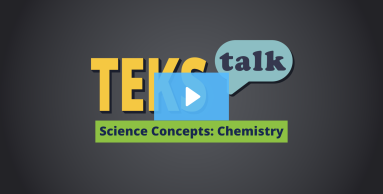
Knowledge and Skills Statement
Research
Kaya, Ali. "Addressing Student Misconceptions About Atoms and Examining Instructor Strategies for Overcoming Them." Journal of Pedagogical Research 7, no. 4 (2023): 251-262. https://doi.org/10.33902/JPR.202323077
Summary: This paper examines the misconceptions held by students about atoms and determines the suggestions of the instructors (academics and teachers) to overcome these misconceptions. It is recommended that atomic models not be taught in primary school education and that three new methods could be used in teaching this subject.
Research
Aquilina, G., D.I. Umberto, L. Gabelli, L. Picariello, G. Scettri, and G. Termini. “Romeo and Juliet: A Love out of the Shell: Using Storytelling to Address Students’ Misconceptions and Promote Modeling Competencies in Science." Education Sciences 14, no. 3 (2024):239. https://doi.org/10.3390/educsci14030239
Summary: In this paper, we present the design of a Teaching—Learning Sequence (TLS) based on storytelling. A qualitative analysis of the data shows that the TLS was able to engage students and helped them reconstruct the atomic model, while the story improved students’ understanding of specific concepts related to the atomic model.
